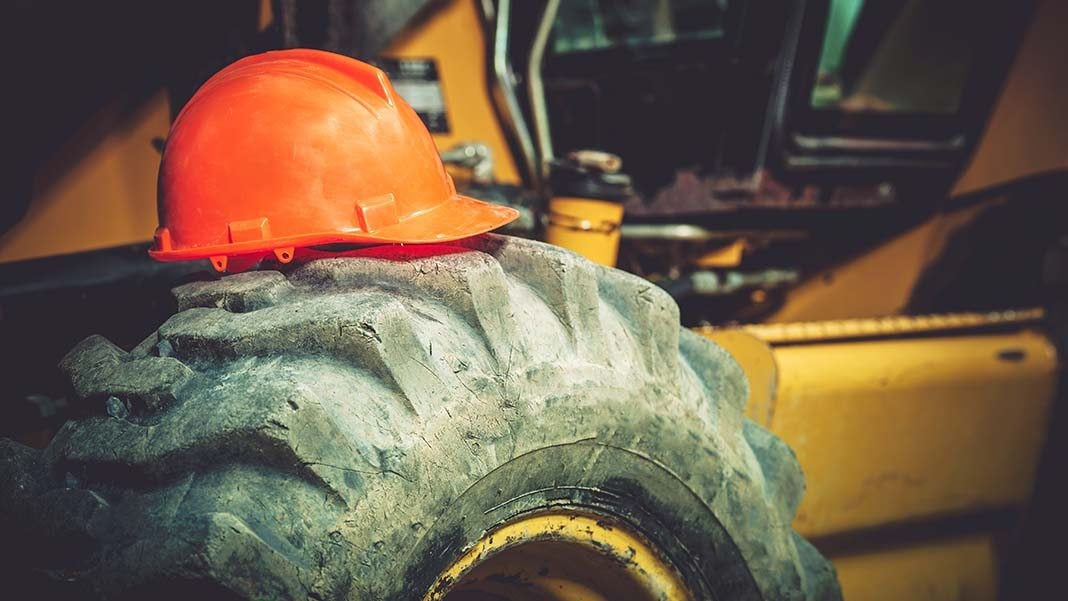Consider These 6 Types of Protection Equipment Against Occupational Hazards
By: Victoria Hill

Because your workplace is the area you spend the most time in while employed, your work environment and conditions can also affect your health. Workplace hazards are anything that could make you sick or injure you on the job. They include chemicals, dust, radiation, fumes, and noise. Here are the different types of equipment that can protect us from occupational hazards.
1. Gloves
Helps protect you from sharp objects that may cut through your skin as well as chemicals that can cause burns when they come into contact with it (such as acids). Gloves come in different sizes so make sure you get the right size for yourself before purchasing one because if something gets stuck inside the glove then it could cause serious injuries to yourself or someone else who tries putting them on later on down the road! To do this just stick your hand into each one until you find one which feels comfortable enough not only physically but also emotionally too!
2. Goggles/Face Shields
Protects eyes from dust particles while working at construction sites where there might be lots of dirt flying around due to nearby machines being used during construction activities such as road repairs. It will also help prevent eye injuries caused by impact forces generated by falling objects like bricks falling off scaffolding near where we’re working hard trying our best not just for ourselves but also for others around us too. Remember though if something does hit your face shield directly then try moving away quickly because otherwise, it’s likely going to hurt even worse than being hit directly anyways.
3. Appropriate Clothing
You should wear layers of loose-fitting clothes that allow air to circulate your body when working outside in the winter or when working in an enclosed area during the summer months. This will keep your body cool during hot summer days while allowing sweat evaporation to help keep you warmer during colder days in fall and springtime.
4. Work Pants
Work pants are necessary for workers in industries where there is a danger of the worker’s body being damaged by the chemicals used in industries. Bisley work pants are made of special material which can protect the worker’s body from the chemicals used in industries.
5. Masks and Respirators
Respirators are used to protect the wearer from breathing in harmful substances. The respirator must be approved by the National Institute for Occupational Safety and Health (NIOSH). It must also fit properly on your face. Each workplace should provide fit testing RPE for their employees. Wearing a proper-fitting respirator helps keep you safe from airborne contaminants and other irritants.
You should bring your respirator if one is not provided at work, but if you do not have one, ask your employer about renting or buying one from them, or from another source such as an online retailer that specializes in safety equipment.
6. Disposable Curtains
Disposable curtains are used to protect workers from hazardous materials. Disposable curtains can also be used to prevent the spread of infection or dust and other particles that may be found in the work area.
Disposable curtains in a hospital are made from polyethylene film sheets that have been treated with antimicrobial chemicals, preventing pathogens from growing within them and making them reusable for multiple uses. They are available in different sizes, depending on your needs.
Conclusion
As you can see, there are many different types of equipment that can be used to protect workers from occupational hazards. Some of these hazards are very dangerous to our health problems and it is very important for us to know about them and how we can avoid them. These types of hazards are very dangerous to our health problems. Occupational hygienists consultants are the professionals that can provide guidance and assistance on workplace safety and Asbestos registers to companies.
1302 Views












